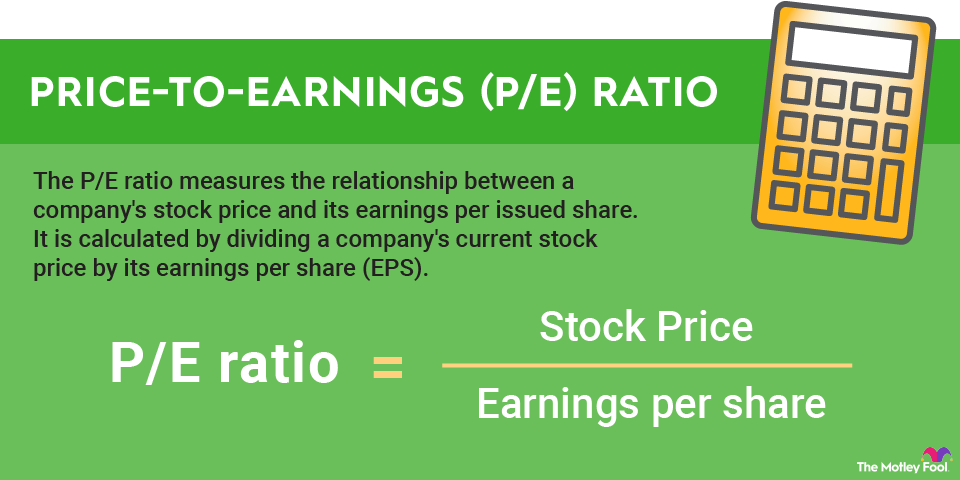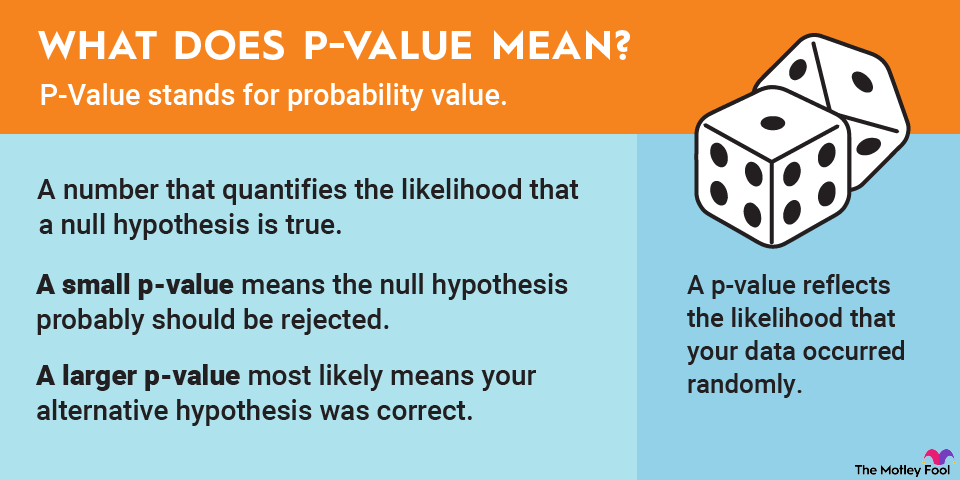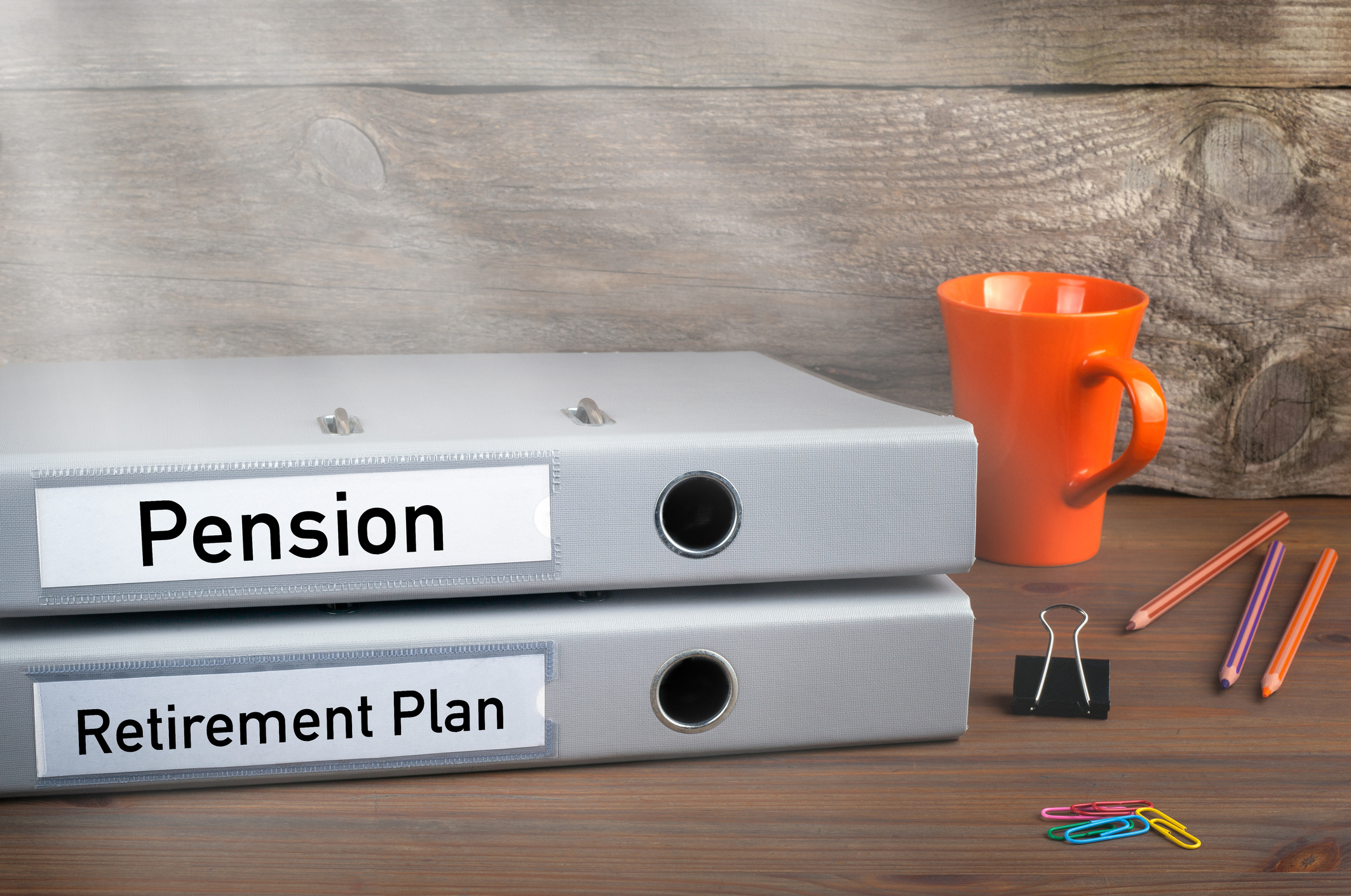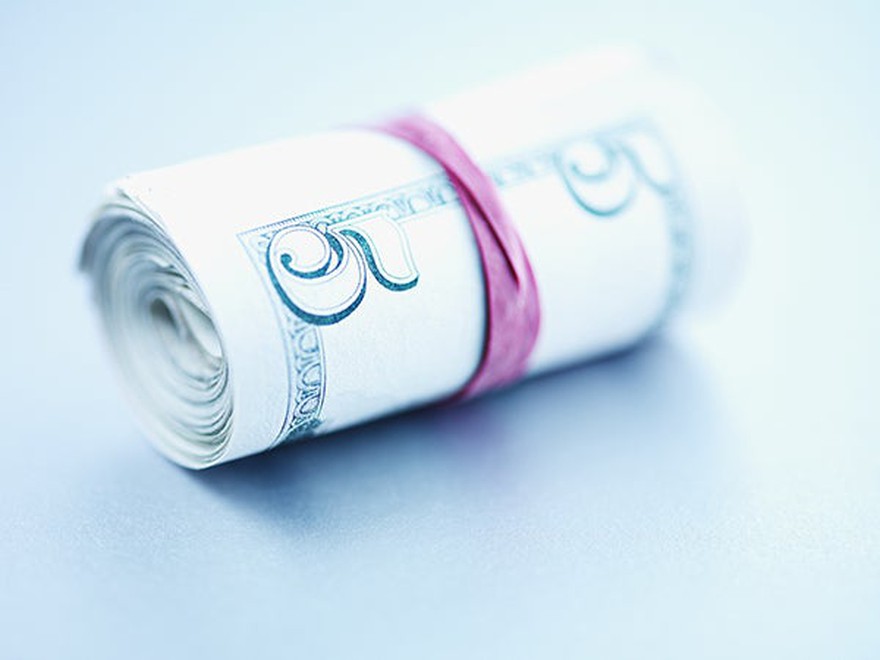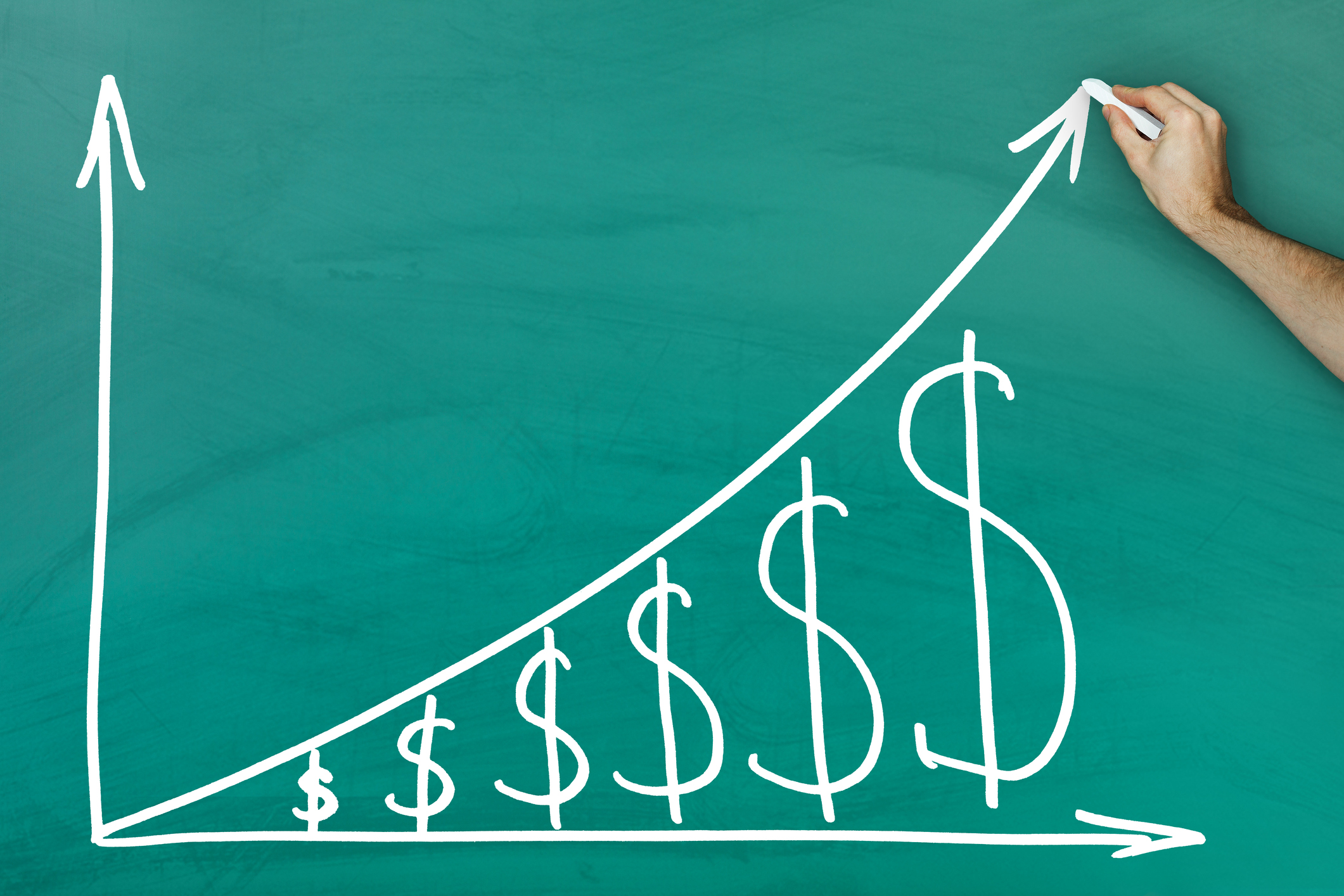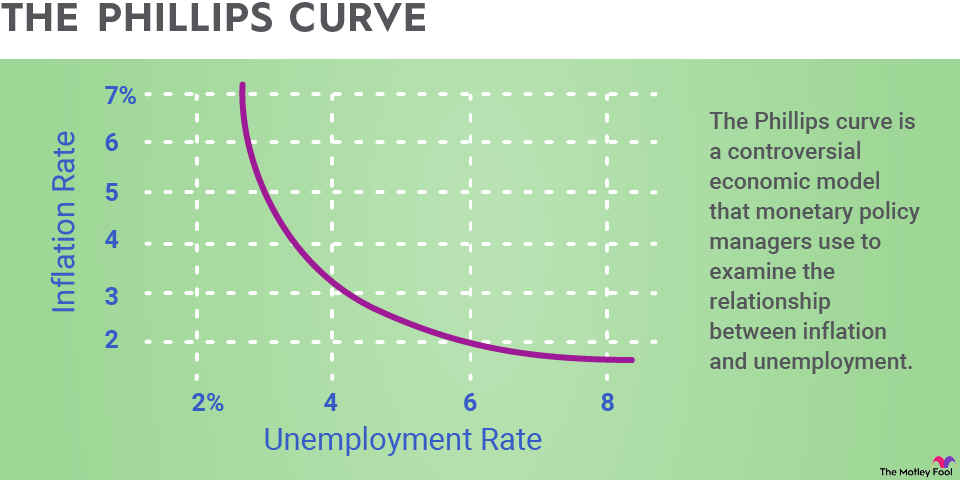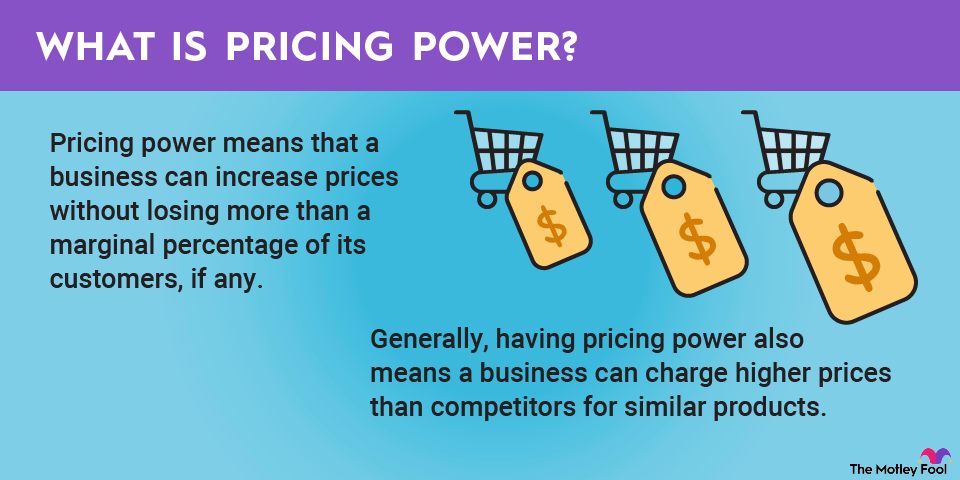Premium bonds trade at a price higher than their face value. Investors pay more for these bonds, typically because they have an advantage compared to other bonds that are currently on the market. If you invest in bonds, it’s important to know how premium bonds work, their benefits, and their risks.
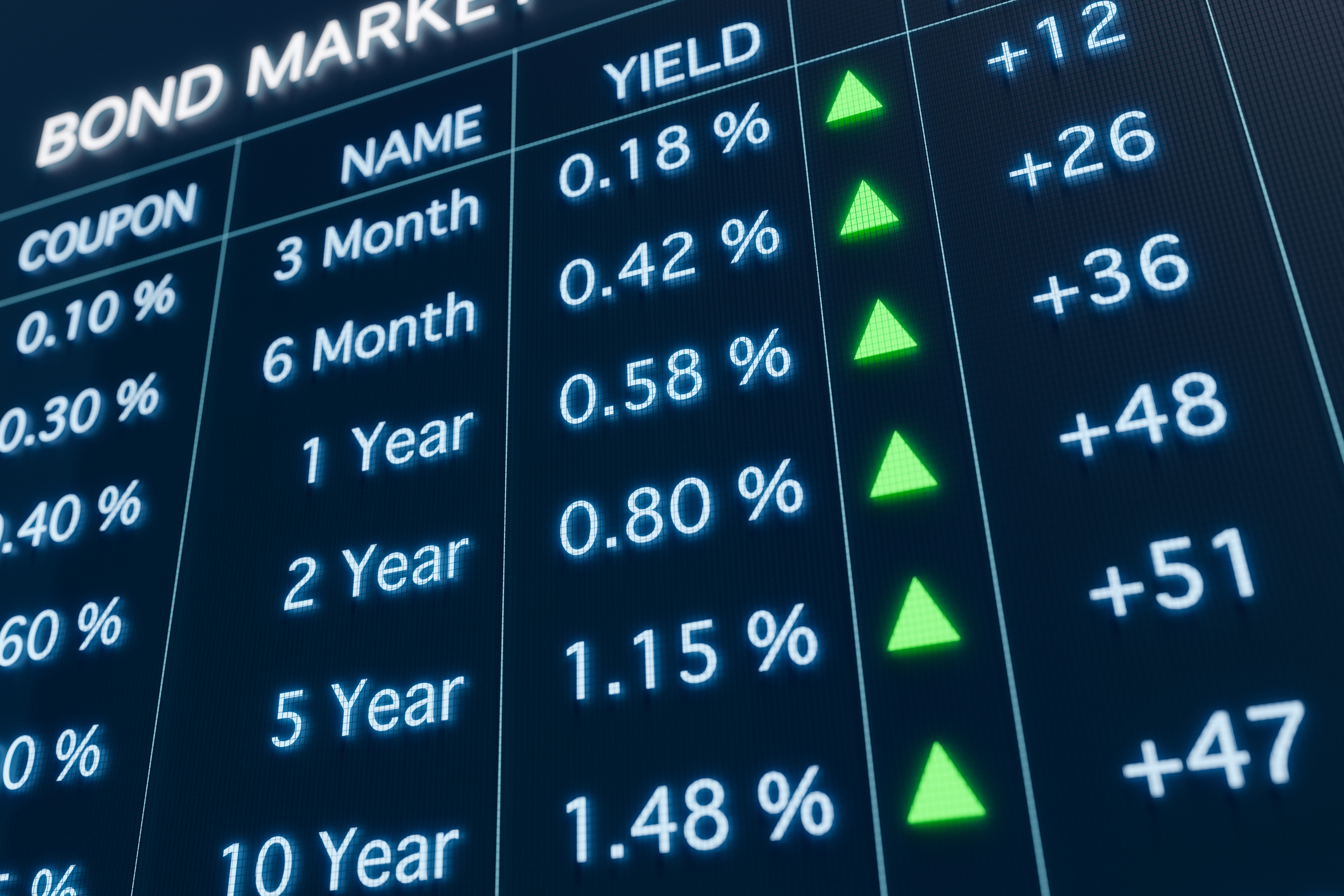
Understanding premium bonds
Every bond has a face value, a term, and an interest rate. When you buy a bond, you receive interest payments, typically every six months, for the entire term. Once the bond matures, you receive the face value. If the bond has a face value of $10,000, that’s how much you would receive on the maturity date.
Bonds are also traded on the secondary market, where their prices fluctuate. A bond that costs more to buy than its face value is a premium bond. For example, a $10,000 bond that’s trading for $11,000 has a $1,000 premium. You need to pay more for the bond than the amount you receive when it matures. A discount bond, on the other hand, is one trading for less than its face value.
Investing in premium bonds
Premium bonds have a few pros and cons as an investment. They usually have higher interest rates than what’s currently available, so if you want to generate more passive income, they can be a sound choice. If a corporate bond is trading at a premium, it normally means that the issuing company has a good credit rating and is unlikely to default.
Since you’re paying more than face value for a premium bond, you need to make sure that the higher rate is worth the premium. Compare how much interest you’d earn from a new bond at the currently available rates with how much you’d earn from a premium bond. If the cost of the premium is close to what you’d earn in interest, you may want to play it safe with a new bond at face value.
There’s also the risk that interest rates increase after you buy a premium bond, in which case new bonds may be available at face value with the same rate that cost you a bond premium. This is more of a risk with premium bonds that still have a long amount of time left until their maturity dates, since it’s difficult to predict what interest rates will be like years in the future.
Related investing articles
Premium bond example
Bonds are bought and sold at premiums all the time. Imagine you purchased Treasury bonds (T-bonds) with a rate of 5%. Interest rates then dropped, and new T-bonds were paying 4.5%. You would likely be able to sell the T-bonds you purchased at a premium.
Whether that’s the right decision depends on how much money you stand to make from your premium bond if you hold onto it and your current cash flow needs. The same is true when buying premium bonds. Either way, it’s ultimately a decision between the cost of a premium and the value of a high interest rate.

